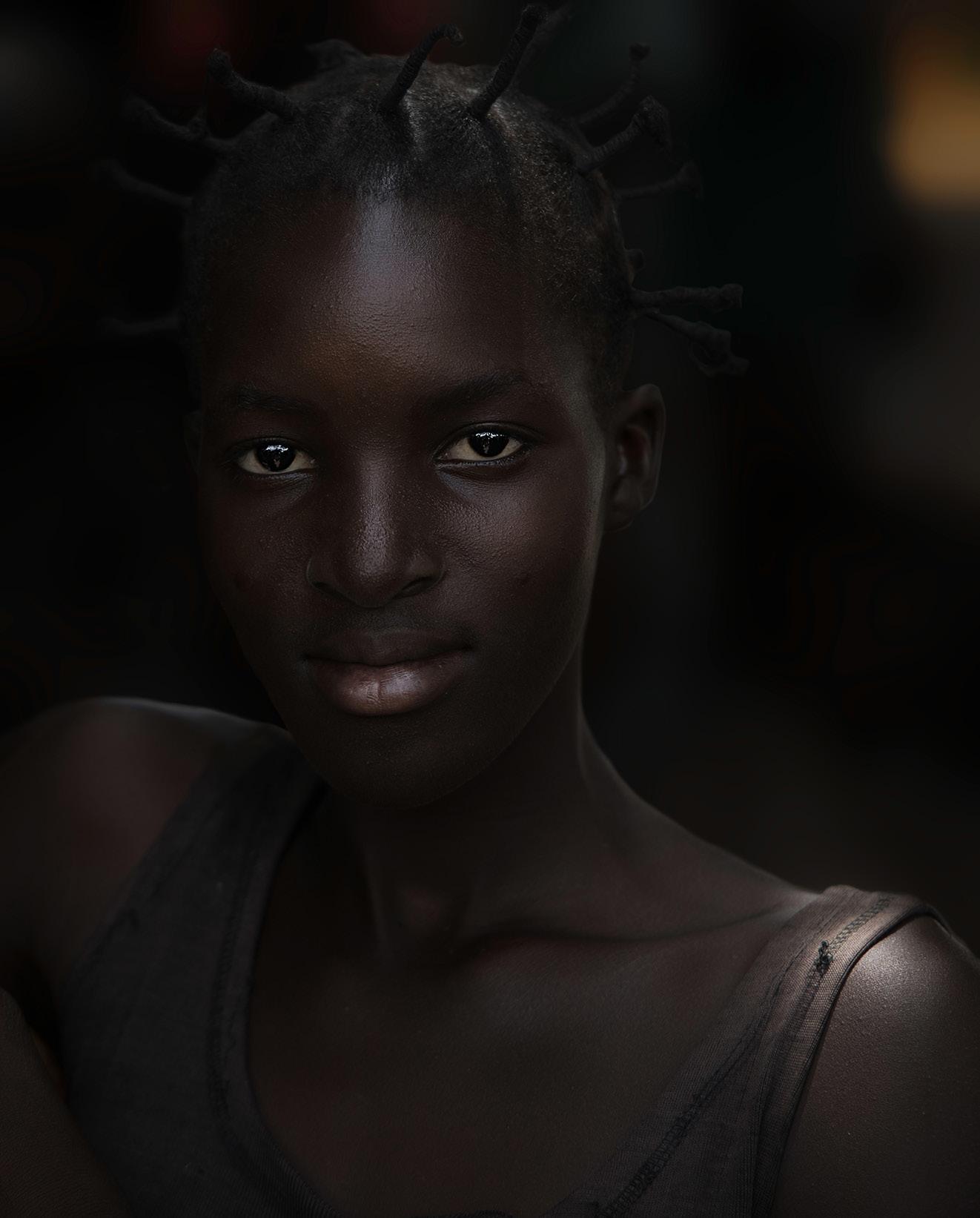
4 minute read
2. Frameworks and context analysis
2.1 GLOBAL FIT Globally, our YEFL youth strategy aligns itself with the 2030 Agenda for Sustainable Development and mobilizing to achieve the SDGs which emphasize inclusive development that “leaves no one behind.” The 17 Goals crystalize the linkage between governance and better development outcomes, Goal 16: Promote peaceful and inclusive societies for sustainable development, provide access to justice for all and build effective, accountable and inclusive institutions at all levels. We believe that this presents us and the youth the opportunity to contribute to achieving target 16.5 and 16. Goal 8 to promote sustained, inclusive and sustainable economic growth, full and productive employment and decent work for all by specifically addressing targets 8.5 of the SDGs to achieve full and productive employment and decent work for all women and men, including for young people and persons with disabilities, and equal pay for work of equal value and target 8.6 to substantially reduce the proportion of youth not in employment, education or training.
2.2 POLICY FRAMEWORKS The strategy is developed in context with national and international Youth Policy frameworks such as the Ghana National Youth Policy, the Local Government Act, the Youth Employment Agency Act, the African Youth Charter, National Youth Authority Act, National Budget Policy Statements, the Ghana Beyond Aid Charter, the National Entrepreneurship Policy, the AU Agenda 2063, Action Plan of the Office of the AU Youth Envoy, the World Programme of Action for Youth (WPAY), the Sustainable Development Goals (SDGs), the Global Initiative on Decent Jobs for Youth, the Global Strategy for Women’s, Children and Adolescent’s Health, the Agenda 2030 and the Education 2030 Framework for Action.
Advertisement
2.3 CONTEXT ANALYSIS
2.3.1 YOUTH DEMOGRAPHY
The youth (15 – 24 years) constitute 18.63% of Ghana’s population with 91.32% literacy rate in Africa and about 60% of the country’s voter population. 50.3% of the youth population are females with an 89.86% literacy rate in Africa. (World Bank, 2018; GSS, 2019)
2.3.2 YOUTH TRANSITION
Youth transition has remained complex and drawn out making it difficult for youth to transit from one phase to the other. Instead of transitioning, most of the youth are trapped in a “waithood” (being stuck in the process of transiting from dependence to independence). This period of “waithood” is perpetuated by culture and tradition, family, religion, inequality and political influence, etc.
Notably, youth are most likely to be socially, politically and economically excluded and feel left behind which makes their transitioning difficult.
2.3.3 YOUTH PARTICIPATION IN DECISION–MAKING AND POLITICAL SPACES
Participation refers to the broad set of opportunities citizens have to influence (and change) decisions in the public sphere. The participation of youth in the socio-economic and political trajectory of their communities is fundamental to fostering inclusivity and ownership of policies and initiatives as recognized by the World Programme of Action for Youth (WPAY) and the Universal Declaration of Human Rights and the Convention on the Rights of the Child. Participation enhances youth agency by building and strengthening their social and human
capital, developing skills, boosting confidence and self – esteem and increasing the awareness of their rights (Rural Development Report, 2019). It is an enabler to channeling youth voices on issues that are relevant and meaningful to them and ultimately improves the delivery of results of interventions and initiatives that involve them.
2.3.4 YOUTH EMPLOYMENT & ENTREPRENEURSHIP
The employment rate of the youth in Ghana remains a significant issue affecting the growth of the nation and a threat to the future of the country. Recent improvements in Ghana’s economic growth since 2001 have not translated adequately into employment. Evidence indicates that there has been an increasing trend towards the expansion of the urban informal sector and a decline in opportunities for productive employment in the formal sector. Consequently, unemployment among the economically active population is still high (National Employment Policy, 2014).
With the mounting unemployment rate in Ghana, entrepreneurial initiatives are presently high on the country’s national agenda, in the hope that they will provide alternative channels of employment. To this end, YEFL’s Entrepreneurial Bootcamp and the National Entrepreneurship and Innovation Plan (an establishment of government) seek to enable entrepreneurs, empower innovation and accelerate job creation for Ghana’s teeming unemployed youth.
2.3.5 YOUTH & INEQUALITY
Inequality lens on youth in Ghana is a gap yet to be well documented. While inequality often focuses on economic inequality, however, this attempts to explore the linkage in existing inequality gaps in Ghana to the youth.
It is worth noting that Ghana is becoming an increasingly unequal country where the benefits of economic growth and poverty reduction are not equally distributed across the nation (UNICEF, inequality paper, 2014). Among young people in Ghana, inequality is evident in educational outcomes and tends to favor young males over females, urban over rural. Whilst just under half of BECE students that qualify for SHS nationally, almost 2 in every 3 students qualify in the best performing region (Greater Accra), whilst only 1 in 4 students qualify for SHS in the poorest performing region (Upper East) (MoEM&E unit, 2011). This sets the stage for regional disparities among young people in Ghana. Young people in disadvantaged areas (especially in rural northern Ghana) continue to miss out on the political and economic growth of the country due to the widening gap in income between the wealthy and the poor. Inequality also manifests in the political representation and appointment and tends to favor urban over rural, southern over northern and ultimately shrinking out a significant number of the youth.



